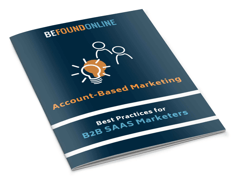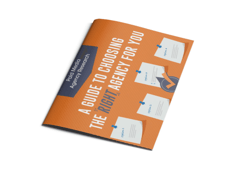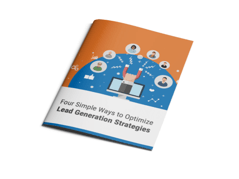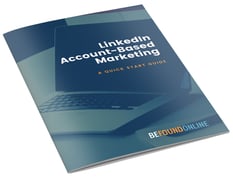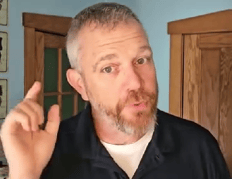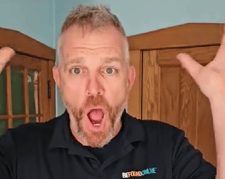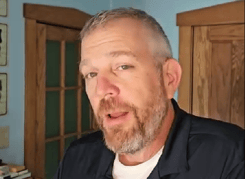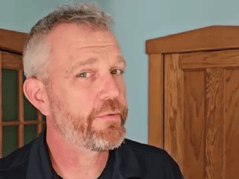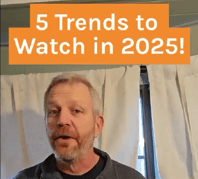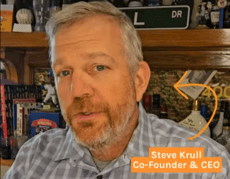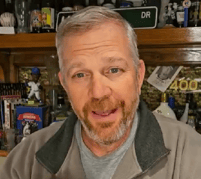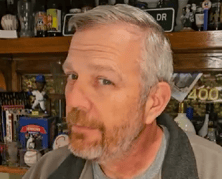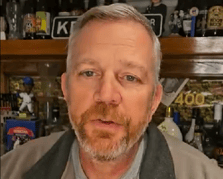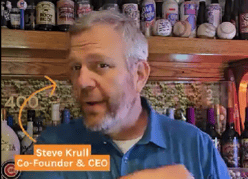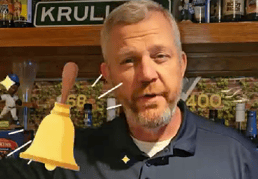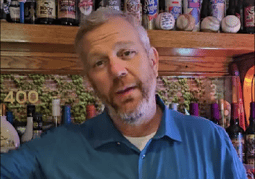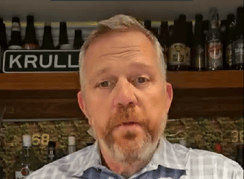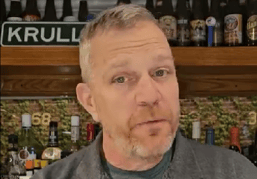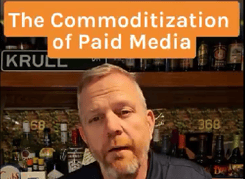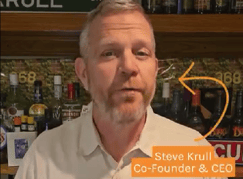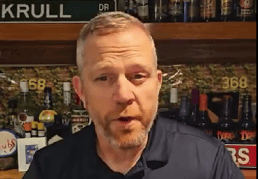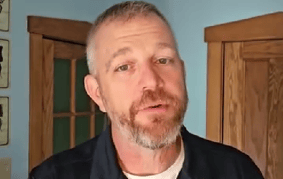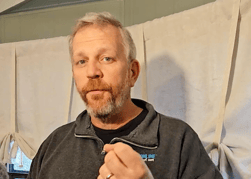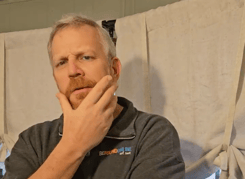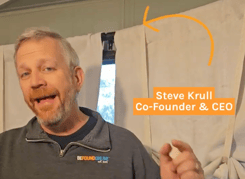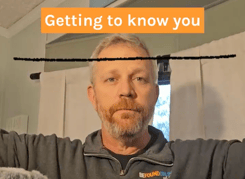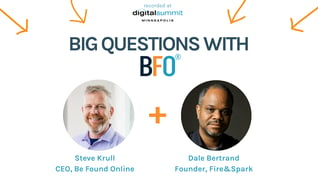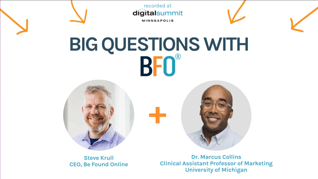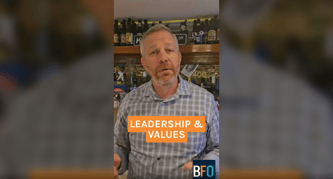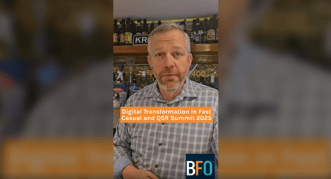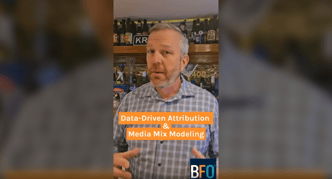Conversion Rate Optimization - Spend Less to Convert Users | BFO
May 26, 2015
5 Minute Read

You Don’t Have to Spend Money to Make Money
“You can lead a horse to water, but you can’t make him drink.” Most people hear that and think, “You’re right. You can’t control the behavior of a horse.” But not me. I think, “What? Why not? Did the horse drink water somewhere else? Is the river dirty? Maybe that trough looks like a good hiding place for spiders! Did someone check for spiders?!”
If you question behavior, you are on the right track for Conversion Rate Optimization. You have a website for the sole reason of converting users. And it’s an ongoing process to get more conversions without breaking the bank.
Before you embark on a Conversion Rate Optimization (CRO) journey, two things MUST be in place: 1) defined conversion points and 2) a measurement plan.

So let’s start with conversion. For the sake of clarification, let’s define “conversion” in terms of Google Analytics, which is simply a “success event” on your site. This can be a purchase, a PDF download, demo trial, form submission, or even viewing a key piece of content. It is very simply whatever is important to your business. It is why your site exists. It’s why you have a job.
Now that we know what our goals are, let’s talk about a measurement plan. Goals can only be set in GA if you are tracking them. Success page views, clicks, or whatever triggers your conversion should be tagged. Page views are most likely already tracked by default, but if your conversion requires page interaction, you’ll need to add Event Tracking. Once tagged, these actions can now be used for calculations and benchmarks. Be sure to include the steps prior to conversion to allow for funnel optimization.
If you already know your goals and are tracking them, read on. For new goals, you don’t get historical data. GA starts calculating at the moment a goal is created. If you need to set up your goals in GA, start now and allow time for data collection to occur. Go ahead. I’ll wait.
Done? Great! Let’s start optimizing your conversion rate!
Let’s assume you’ve done a great job at leading your horses to water. Your Paid Search and SEO campaigns are working beautifully, your email remarketing is humming along, and offline marketing is driving direct traffic through the roof. But this is only half the story. You are still converting at 1%. If you can get to 2%, revenue doubles without increasing your spend. What if you can get to 5%? You’ll be celebrating on your CEO’s yacht in no time! Here are three starting points:
- Exit Pages: Where are users leaving your site? The Exit Page is the last page they view before the session ends. If it is in your shopping cart, or a product detail page, or even the homepage, the best place to start is fixing leaky holes in your site.
- Funnel Abandonment: And what if those exits are on a direct path to conversion? Do we see a big drop-off between /form and /form/business-info? If so, why? Are the questions too personal? Are there too many steps? Is it just curiosity or failures?
- Purchase Value: It’s a common desire to sell more products. But sometimes, that may not be the best way to impact the bottom line. The optimized approach is to look at what’s selling best and capitalize on that. In the screenshot below, you can see that even though they aren’t the top-selling items in terms of quantity sold, the revenue per order is almost double the top-selling items. Promoting these categories on the home page (which we already know is the #1 landing page) can help drive more traffic there, and in turn, more purchases of higher ticket items. Or shift budget from a lesser performing Paid Search campaign into these two campaigns to improve the ROI and drive more revenue.
BONUS CRO-NESS!
If you thought I was done talking, you are sorely mistaken. One more item that’s critically important for CRO but more verbose than a single post can handle, is form tracking. In example #1, I showed how steps in a funnel can show a drop-off. But what if it’s only two pages: a form and a success page? You aren’t going to glean insights from an 80% drop-off rate (other than maybe your form sucks). Using Google Tag Manager, you can set up a series of listening events for each of your form interactions, and track those as Events. It is an in-depth process, but Be Found Online has experience creating and deploying a form tracking architecture customized to your needs.
For this example form, we know that there is a 0.5% form submission conversion rate. So what do the 99.5% of people do when they view the page? Or rather, what don’t they do?
We have a major drop-off when users are asked to provide personal information. Of the users that do provide their email address, there is still a drop-off of users willing to verify their email address. There is an even bigger drop-off when asked to give even more personal information (their phone number and annual revenue). Finally, when asked if they can be contacted, we lose even more. In the end, an abysmal 0.6% of users convert.
To optimize this form, we clearly need to ask less information and focus on critical fields. I would recommend the following:
- Removing email verification and annual revenue fields
- Making contact channel email OR phone instead of both
- Remove “May We Contact You?” checkbox in favor of a note reading “We will reach out to you shortly”
CONCLUSION
The main goal behind Conversion Rate Optimization is to earn more without wasting money on marketing that isn’t working. Invest your dollars smartly in Conversion Rate Optimization, and you’ll see a much higher ROI. We aim to prove the adage “you have to spend money to make money” wrong. You are already spending on other marketing, so you need your website to work harder at converting your valuable dollars. And we can help you do just that. Pretty soon you won’t have to force your horses to drink. They’ll be chugging water in no time!

The BFO Team
Here at BFO, we're always striving to bring you the latest and greatest in digital marketing insights and education. We're not ones to brag, but we've been lucky enough to be featured in all sorts of fancy publications and media outlets, strutting our stuff and showing off our industry expertise.
CATEGORIES
SUBSCRIBE TO OUR BLOG
Stay up to date with the latest industry best practices in digital marketing!




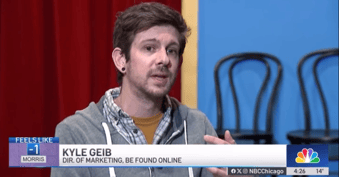



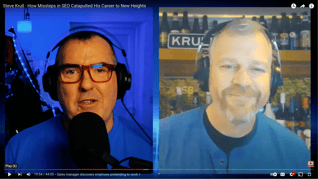



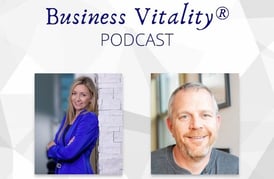
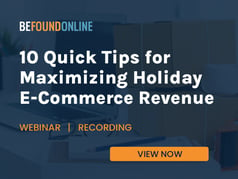
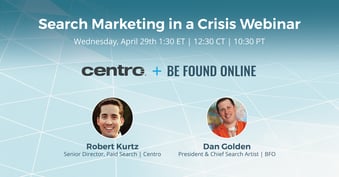
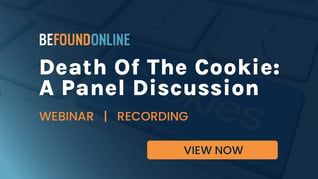
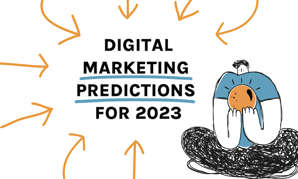
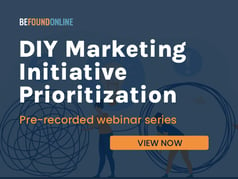
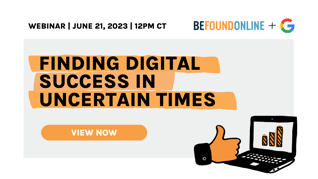


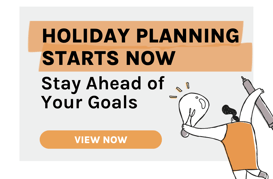
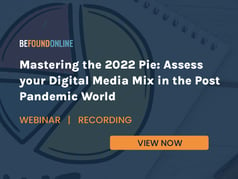
.png?width=339&height=179&name=Webinar%20Banner%20(1).png)
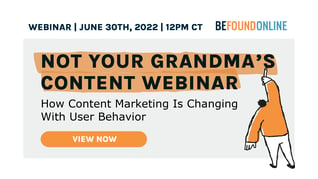
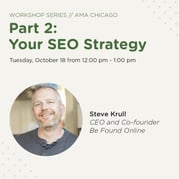
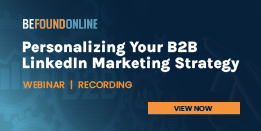
.png?width=339&height=179&name=July%20Webinar%20(Newsletter).png)
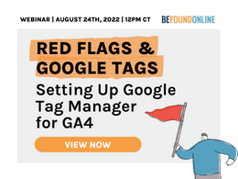
.png?width=339&height=179&name=Webinar%20Banner-April-02%20(1).png)
%20(4).png?width=339&height=179&name=Webinar%20Banner-May-02%20(1)%20(4).png)
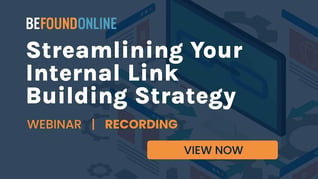
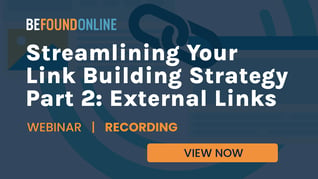

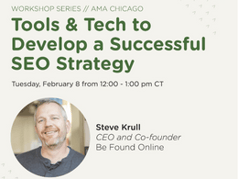
.png?width=339&height=179&name=March%202023%20Webinar%20Ad%20(autoresponder).png)

